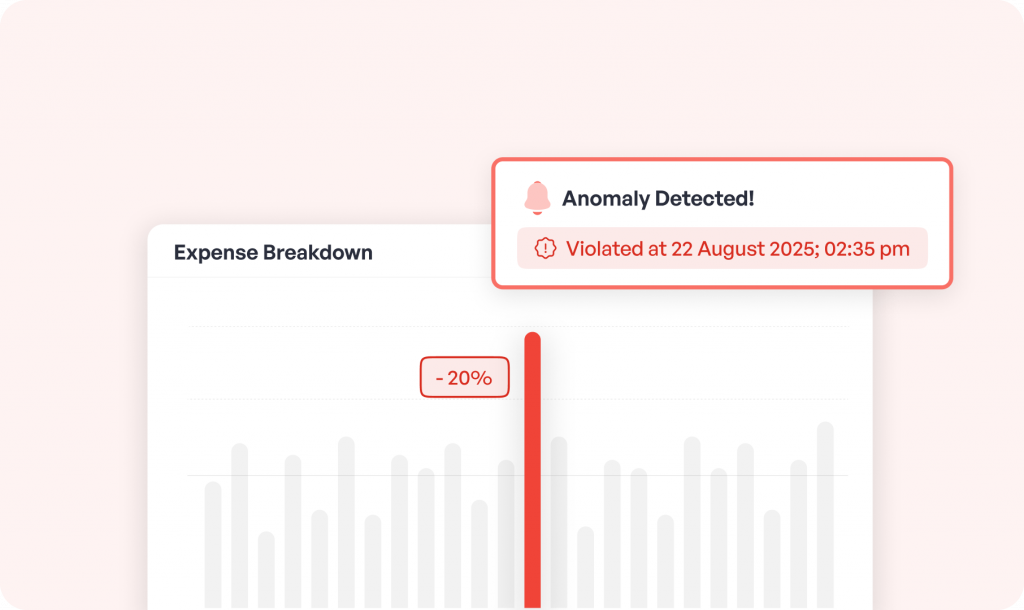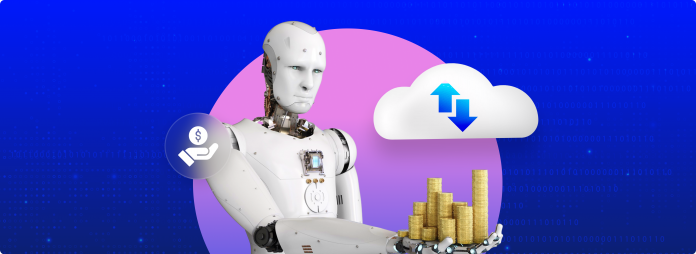If you’re looking to build and manage a successful cloud infrastructure, you need more than just great technology. You require a proven procedure to make sure that your cloud expenditure is maintained in a structured, streamlined, and foreseeable manner.
This is exactly where the AI-driven Cost Governance and PredictOps Framework comes in. This is a complete methodology that is aimed at assisting your organization:
- See a consolidated perspective of all cloud expenditures, including top-down budgets and detailed resource expenditures.
- Unify FinOps, engineering, and finance teams on a single source of truth.
- Don’t report on waste after it occurs, but optimize your cloud financial workflow before it occurs.
Regardless of whether you are only starting your cloud journey or want to mature your current practice of FinOps, this framework will help you make your work more efficient and your budgeting more accurate.
Advantages of an AI-Driven Cost Framework
A cost framework that is powered by AI can assist you in developing an extremely efficient and cost-effective cloud environment. The advantages of such a framework are:
- Automate waste detection, anomaly alerts, and orphaned resources cleanup to save a lot of time and capital.
- Active control and adaptability to innovate safely because one knows that there are intelligent guardrails that will ensure that there are no budget overruns.
- User-friendliness and navigation among all stakeholders, with an easy-to-understand contextual dashboard for engineers and high-level financial reports for the leadership.
- Capacity to give contextual information and predictive forecasts to enable engineers, so that they can make cost-conscious architectural choices.
Key Components of a Cost Framework Powered by AI
An effective cloud financial management framework is created to assist in planning, tracking, and optimizing your total cloud expenditures. This strategic template entails:
- AI-Powered Cost Governance: This is the layer of active enforcement of your framework. This aspect does not simply track costs, but rather enforces automated policies with the help of AI agents. Establish rules about your environment, like tagging requirements, budget limits, or cleanup of idle resources, and the AI will enforce them. It is not merely a suggestion, but a course of action. As an example, it can automatically detect and clean up storage of unattached disks or old snapshots that are silently increasing expenses.
- PredictOps (Predictive Operations): This aspect is to classify and append properties to your future cloud expenditures. With AI-powered forecasting, you can perform a what-if analysis of new architectural designs prior to deployment by making it part of your development lifecycle. This enables you to visualize the cost implications of a new feature during the pull request, making FinOps no longer a reactive reporting capability but a proactive and predictive powerhouse.
- Single Finops Visibility: You can not manage what you do not see. This framework begins with a central dashboard, which offers various views to various stakeholders. Your engineers are able to view granular, resource-level costs by namespace or project. Your finance department can view the business unit or team’s high-level spend. This has List, Calendar, and Workload views to view the trend of your spend over time and who owns it.
- Automated Resource Management: Optimize your cloud billing using powerful, shared tools. This encompasses AI-based suggestions that offer customized choices with evident trade-offs (e.g., “Option A saves 30% and there is no risk of poor performance). It also entails joint alerting, automated task allocation to optimize, and the capacity to utilize a dedicated, controlled FinOps group to serve as an extension of your own.

Implementation of this Framework
One of the most effective methods of accelerating your business can be the development of a cost-effective cloud environment. It can also be a significant competitive advantage with the appropriate tools and resources. Four steps can help you get started here:
- Get Complete Visibility. First, you must have a clue where your money is going before you can start optimizing. Begin by consolidating all of your cloud bills (AWS, Azure, GCP, etc.) and Kubernetes costs into one cohesive platform. Tag, allocate, and visualize 100 percent of your spend using this platform.
Get a single pane of glass for all cloud costs with a Unified Dashboard.
- Establish and automate Governance: Once you can see your spending, you can make your rules. This will assist you in being organized and planning ahead in order to prevent wastage. Establish policies on tagging, budget warnings, and resource life cycles (e.g., all dev resources should be shut down after 7 PM).
Write and implement these rules automatically using an automated policy engine.
- Now it is time to Shift Left PredictOps: Integrate PredictOps to shift cost awareness into your development process. Start with the implementation of AI-based forecasting into your CI/CD pipeline. Ensure that you give appropriate and context-sensitive recommendations to engineers to enable them to view the cost impact of their code prior to merging.
PredictOps tools will ensure that you are within your budget before deployment.
- Run and Optimize Continuously: Once your framework has been established, it is time to run it. Your governance policies will do your day-to-day cleanup, and your anomaly detectors will alert you to spikes. This liberates your staff to work on more advanced optimization.
Install Automations to notify the right team of Slack or Jira, and deploy AI agents to do optimizations automatically.
Get Started with Costimizer
FinOps teams, engineers, and financial leaders can use this AI-powered framework to help everyone stay on the same page. Costimizer is the platform built to deliver this framework, combining AI-powered Cost Governance and PredictOps into a single solution.
First, sign up for Costimizer to add the platform to your cloud environment. Make sure you connect your relevant cloud accounts (AWS, Azure, GCP, Kubernetes) to begin ingesting your cost data.
Next, invite relevant members or guests to your Workspace to start collaborating.
Now you can take advantage of the full potential of this framework to create a successful cloud strategy:
- Create budgets for each project, team, or business unit.
- Assign optimization tasks to AI agents and designate a timeline for execution.
- Collaborate with stakeholders (and your optional dedicated FinOps team) to brainstorm savings strategies.
- Organize tasks into categories (e.g., “Storage Cleanup,” “Rightsizing”) to track progress.
- Set up notifications to stay up-to-date on cost anomalies and budget risks.
- Hold regular reviews to discuss progress and any optimization issues.
- Monitor and analyze your Predictive forecasts to ensure maximum productivity and cost-efficiency.





